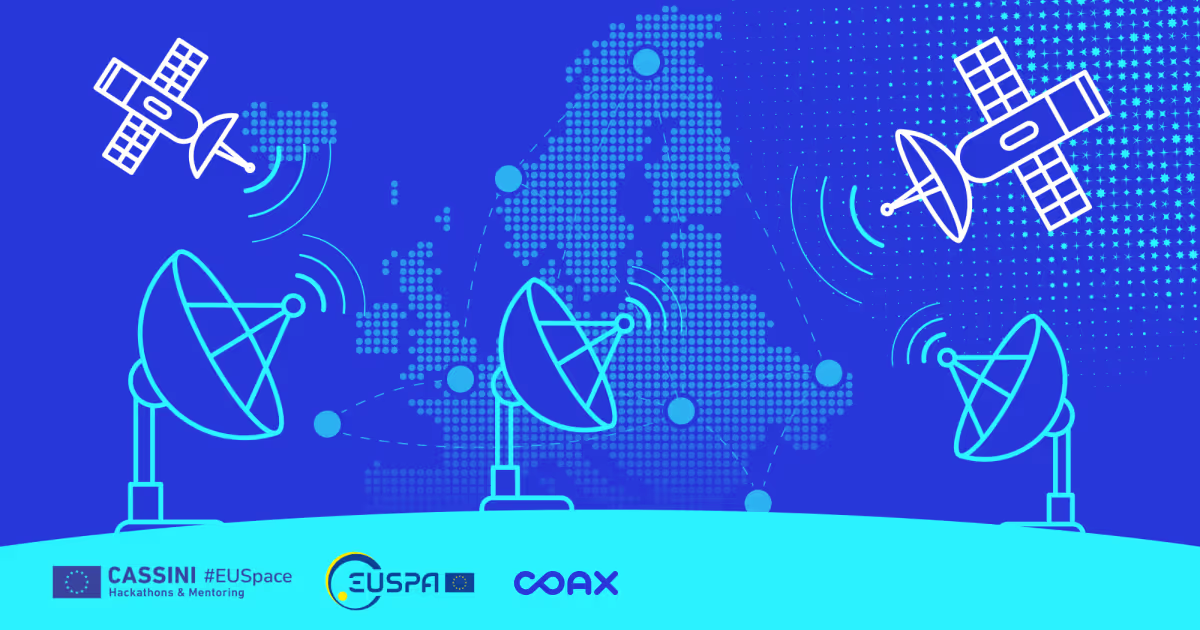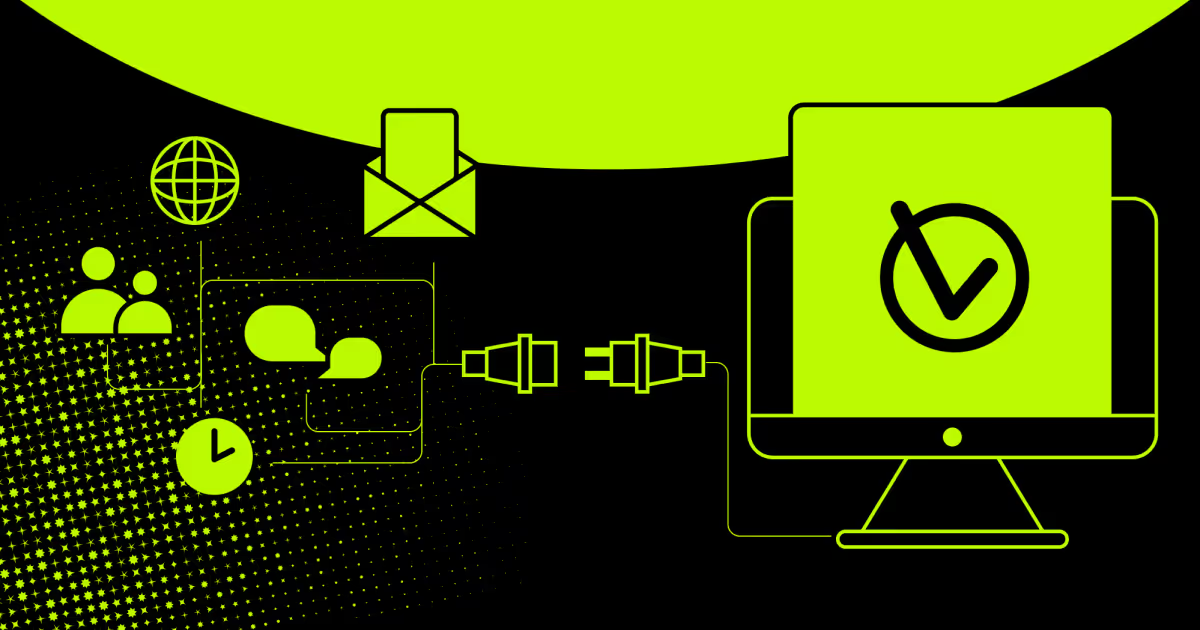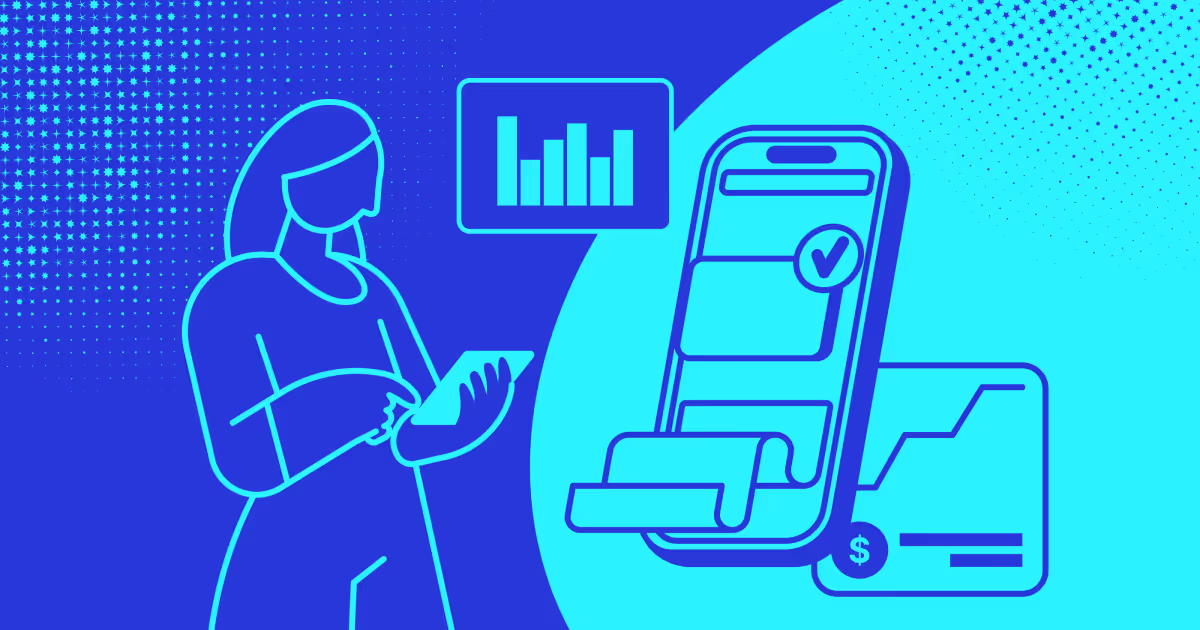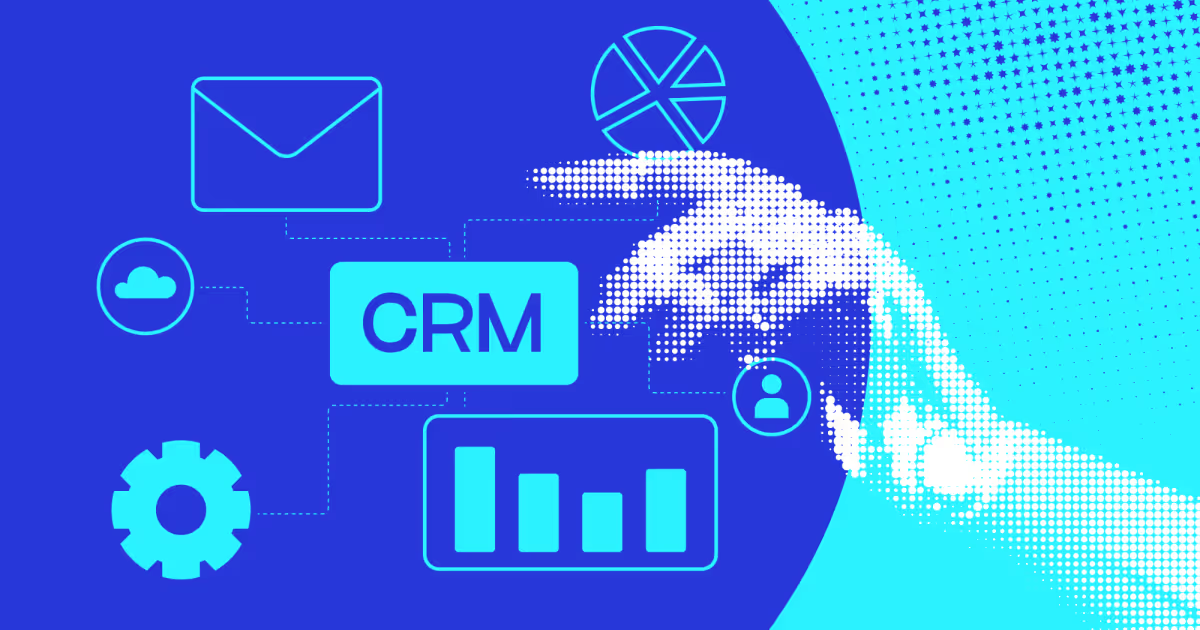Bridge disconnected systems, reduce costs, and accelerate performance with frictionless automation




Scroll down
Get web integration services that work and succeed
Still copying data between apps, fixing broken syncs, or working around missing fields? Third-party system integration should make your everyday workflows easier. However, when tools don’t talk to each other, data sits idle, processes slow down, and teams waste time bridging gaps manually. We help those systems flow together, so updates happen automatically, errors fade into the background, and your focus stays on meaningful work, not solving puzzles.
Our third-party integration expertise
Industries we work with
Our expertise
Our team has excellent coding skills and rich experience in creating apps for all types of businesses mentioned below. Our rich base of ready-made solutions in these areas helps us to stand out from other web app development companies, and we can make you outshine your competitors, too.
For startups
For Enterprise
Choosing our third-party solutions, you get
Industry-specific expertise
Over 15 years, our custom API integration services have improved operations for e-commerce stores, travel agencies, and fintech startups. Whether it’s syncing retail inventory or securing healthcare data transfers, we know how to build integrations that last.
Improved employee productivity
By automating repetitive tasks and syncing data between tools, we help your team focus on meaningful work instead of manual busywork. Our integrations cut down on the daily grind — less time spent switching between apps means fewer errors and more hours for high-value projects.
Lower IT and operational costs
Our API integration services reduce the need for costly manual workarounds and custom-built solutions. By automating workflows, we help cut down on software licensing bloat and repetitive maintenance tasks, keeping your ops lean and efficient.
Real-time visibility
Our integrations show you live data from all connected systems in one place. You'll always see current inventory levels, order statuses, and transaction records without manual updates. Your workflows will speed up with dashboard displays what's happening right now — sales, shipments, or service requests — so you never work with outdated information.
Customization and flexibility
Our third-party integration services adapt to your existing workflows. We configure connections to match how your business operates, whether that means custom data fields, unique approval steps, or specialized reporting. Need to add exceptions for certain transactions or modify sync schedules? We make those adjustments.
User-driven innovation
Good integrations evolve with their users. We prioritize features that your staff requests, turning their workflow frustrations into streamlined solutions. When users suggest improvements, we adapt the system to work smarter for them.
What our clients say
COAX process for implementing third-party software
We start by auditing your existing systems and documenting all required data and API integration services, mapping out endpoints, authentication methods, and payload structures. This includes analyzing API documentation, rate limits, and data formats to identify potential compatibility issues early.
Our team diagrams system interactions to define latency bottlenecks, authentication handoffs, and error recovery requirements for each integration point. This includes assessing payload structures, field mappings, and potential data loss risks during transfers.
We design the middleware layer for 3rd party integrations, specifying whether to use API gateways, webhooks, or message queues based on each system's requirements. We map out sync frequencies and conflict resolution rules upfront.
We build the integration layer by writing custom connectors that handle authentication, data transformation, and error logging between systems. Each API endpoint is implemented with proper request throttling and response validation to ensure reliability.
Our QA team executes third-party software testing by validating all API responses against contract specifications, including edge cases for data formats and error codes. Automated scripts verify integration stability under load with simulated traffic spikes and recovery scenarios.
We monitor integration health through automated alerts for API failures, data sync delays, or authentication issues, with predefined runbooks for common recovery scenarios. Version checks for third-party API updates are scheduled biweekly to prevent deprecated feature usage.
Frequently asked questions and answers
Third-party software is any application or system developed by an external provider, not your own team, that you connect to your existing tech stack. Examples include payment gateways, CRM platforms, or analytics tools that add functionality without requiring custom development.
API integration connects systems by allowing them to communicate through predefined protocols. One system sends requests (like retrieving data) to another system’s API, which processes it and returns a response, enabling data sharing without manual intervention.
API-first integration means designing systems with 3rd party API integration as a core requirement from the start, not an afterthought. Instead of forcing connections later, applications are built to easily connect and share data with external tools through standardized APIs.
The time needed for an API integration depends on complexity. Simple connections might take a few days, while enterprise systems with custom logic can require weeks or months. Factors like authentication methods, data transformations, and third-party API reliability all impact the timeline.
After integration, you'll need ongoing support through third party management software to monitor connections, handle updates, and troubleshoot issues. This includes tracking API changes from vendors, managing authentication renewals, and reviewing error logs.
A third-party API integration developer specializes in connecting different software systems by writing code that allows them to communicate. They work with external APIs, studying documentation, handling authentication, managing data formats, and ensuring smooth, secure data flow between platforms.
API integration testing checks if different systems communicate correctly through their APIs. It spans verifying requests, responses, error handling, and performance under real-world conditions. For example, web integration services might test how an e-commerce site's order API interacts with a shipping carrier's system to confirm that orders sync properly.
Want to know more?
Check our blog
What I’ll do next?
1
Contact you within 24 hours
2
Clarify your expectations, business objectives, and project requirements
3
Develop and accept a proposal
4
After that, we can start our partnership

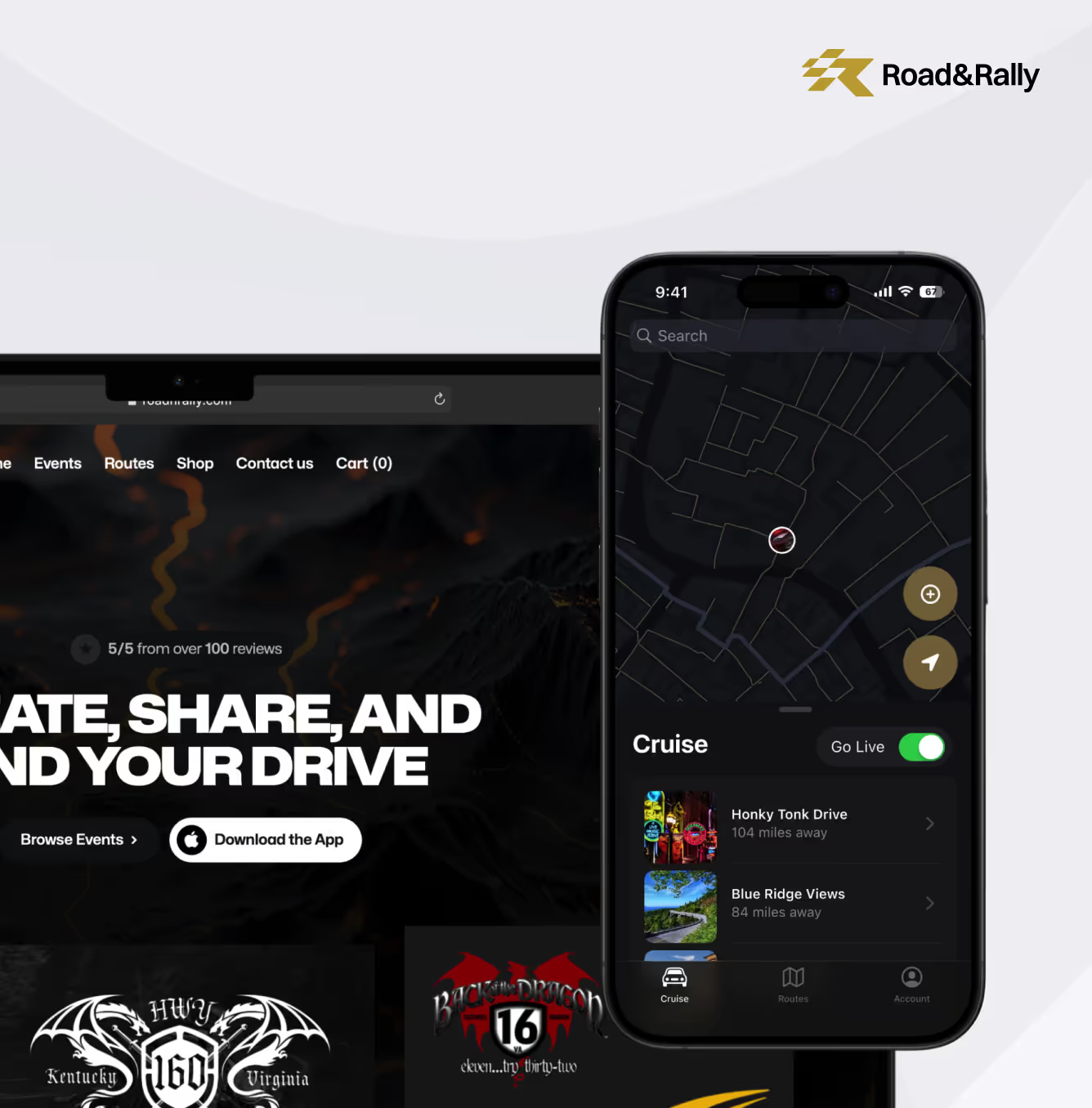
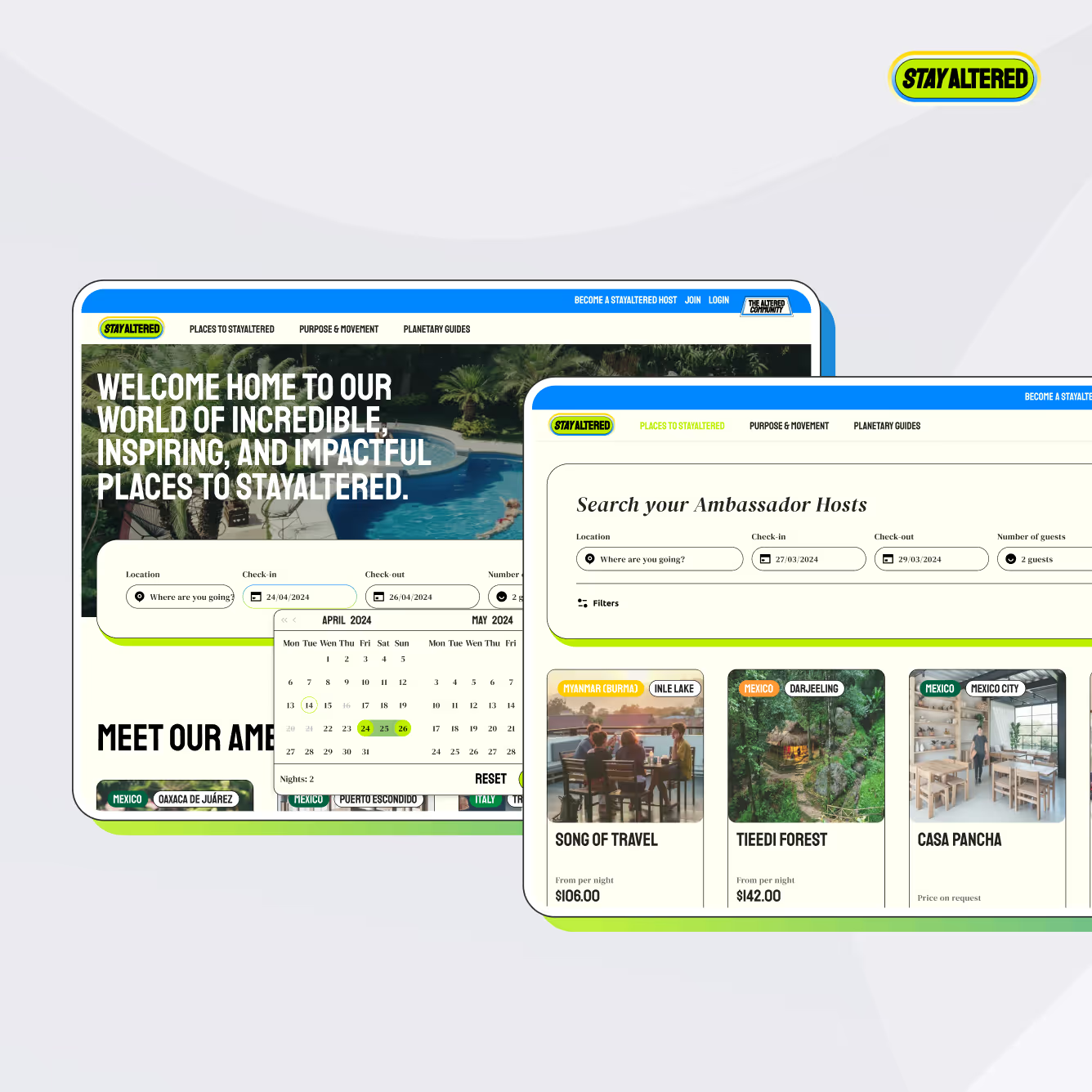
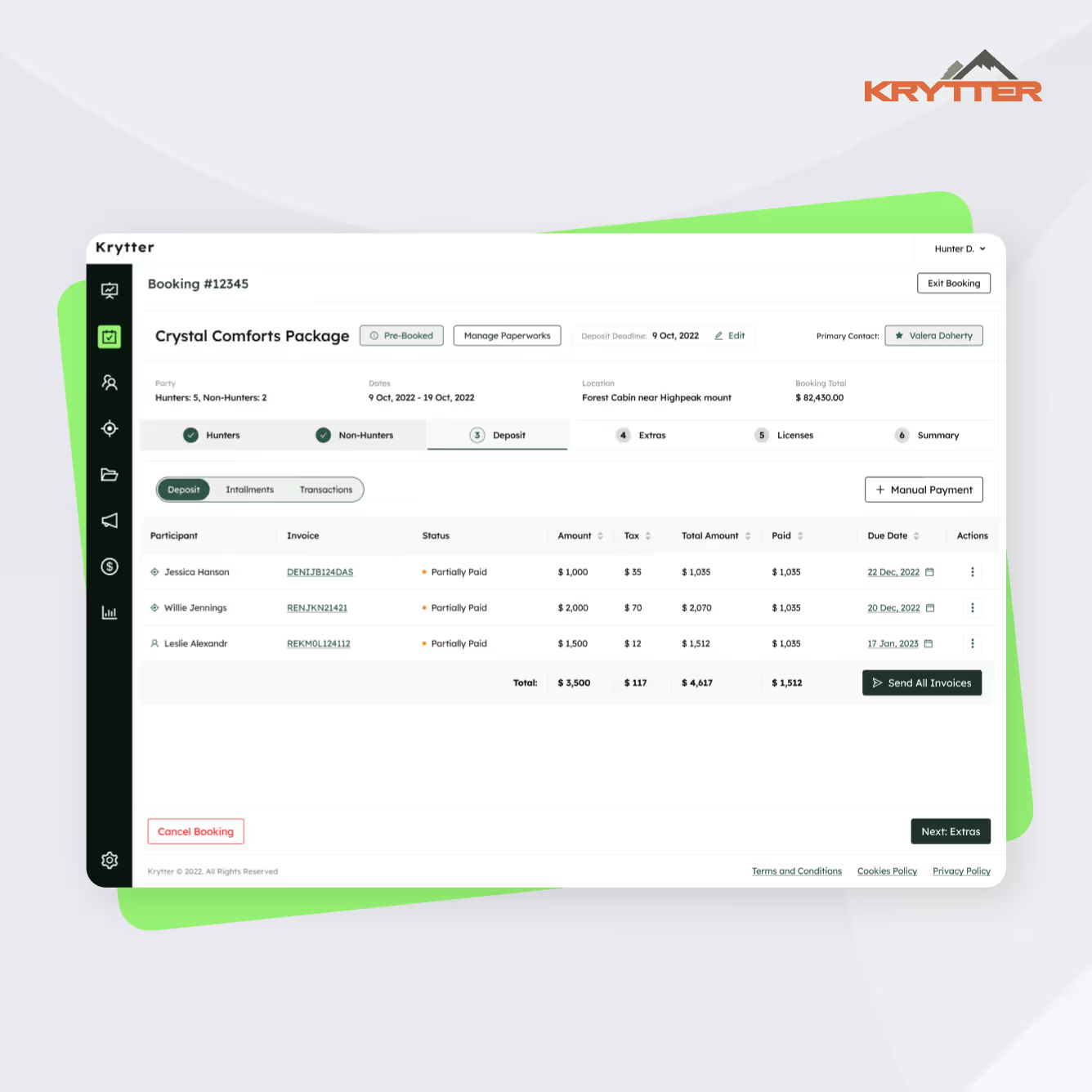
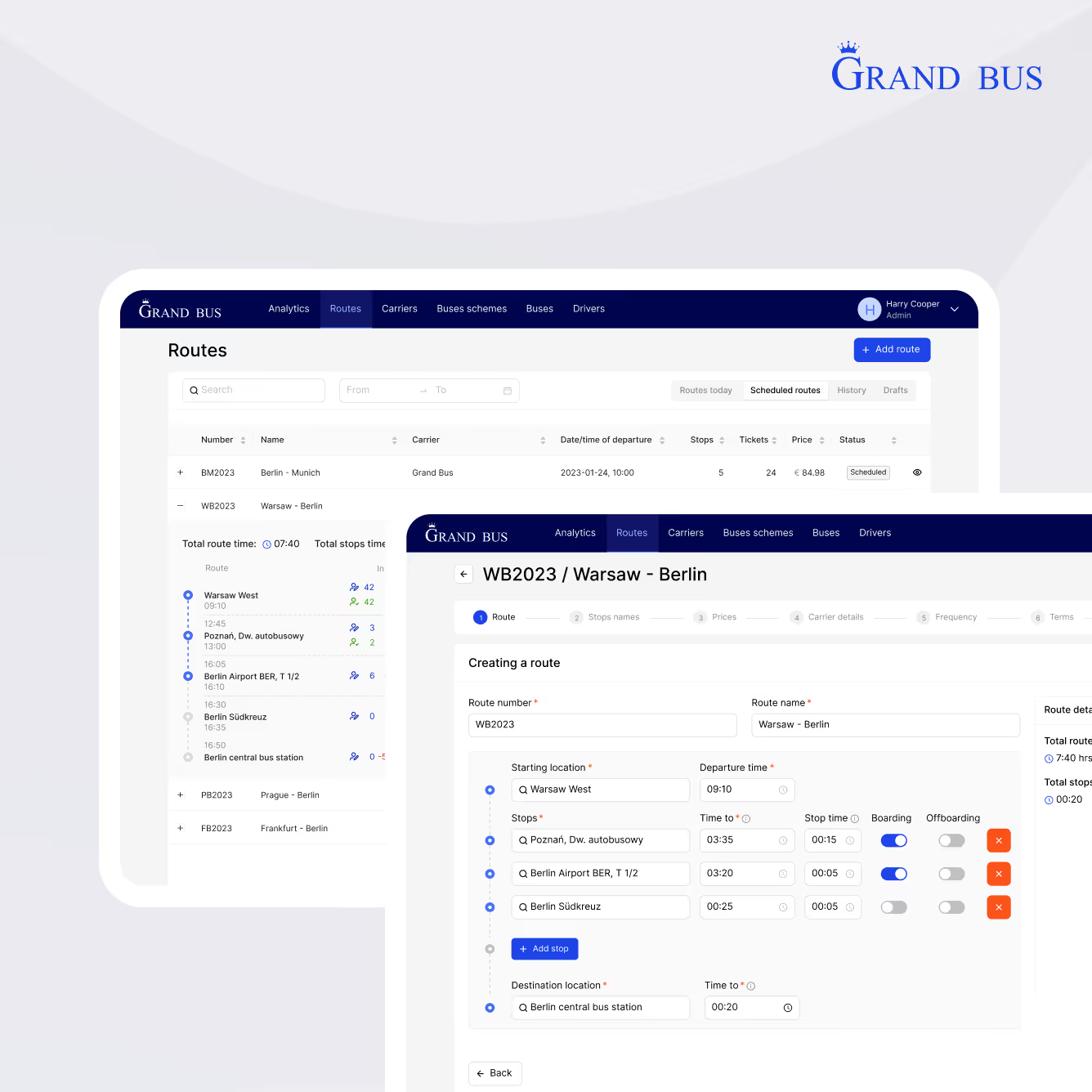
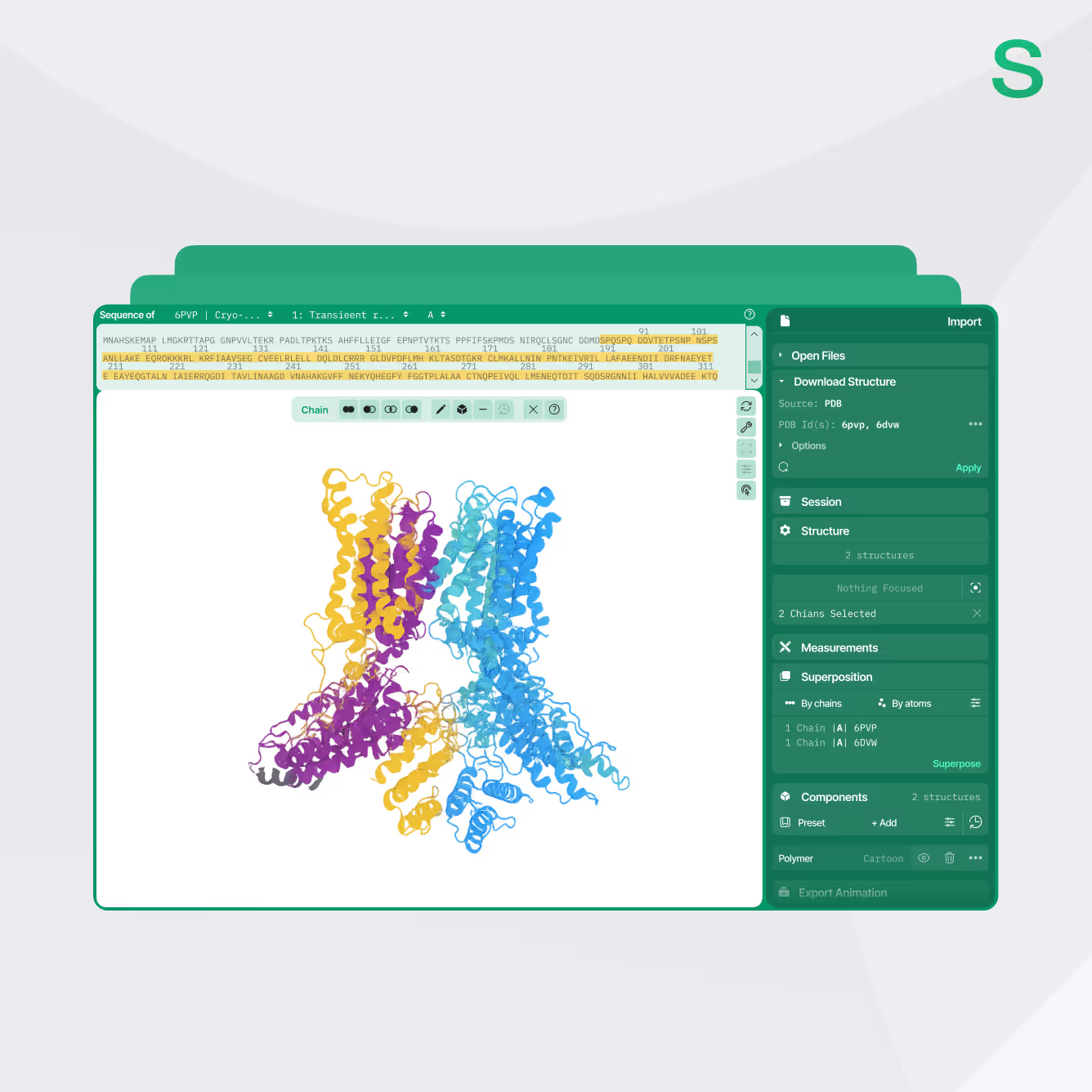
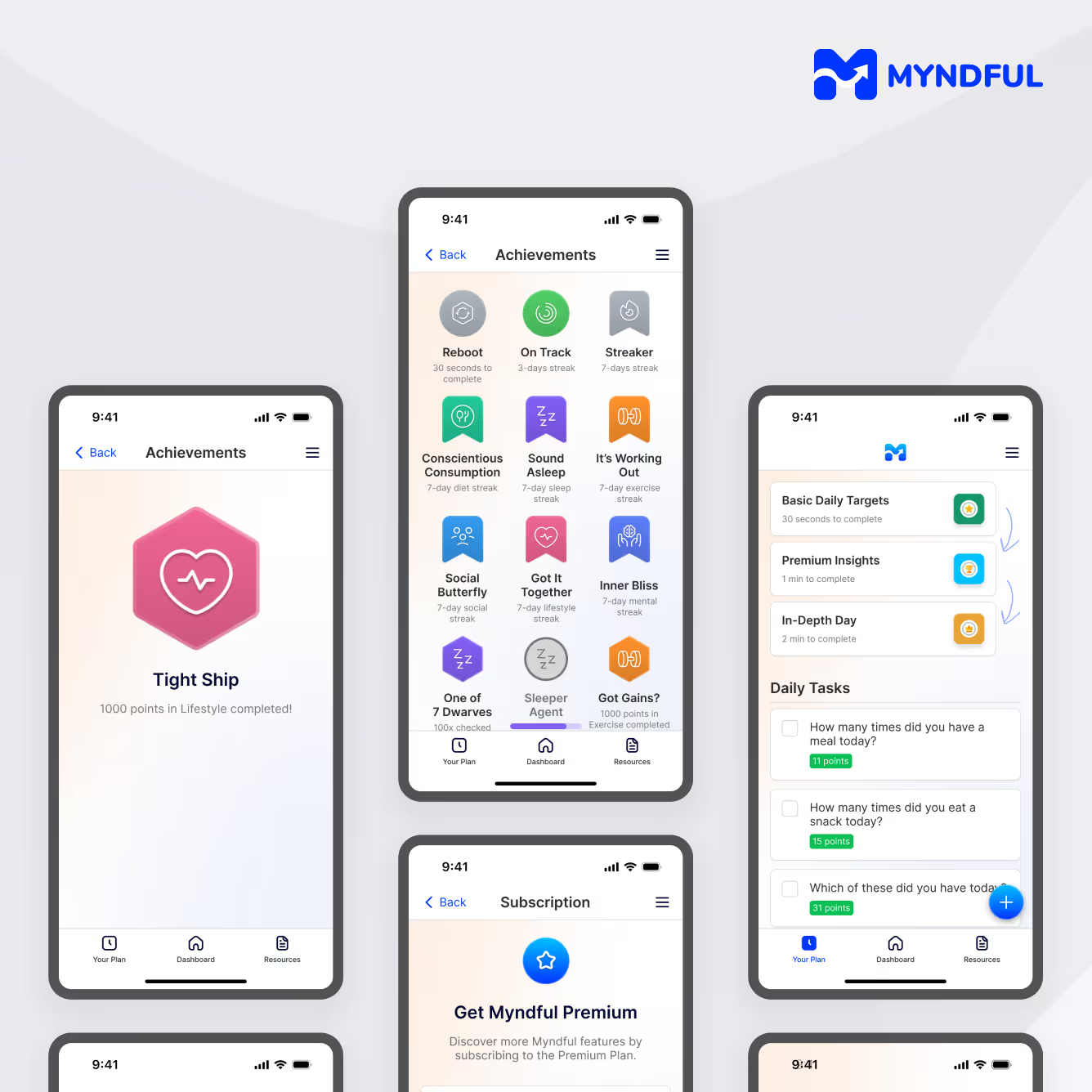
.avif)
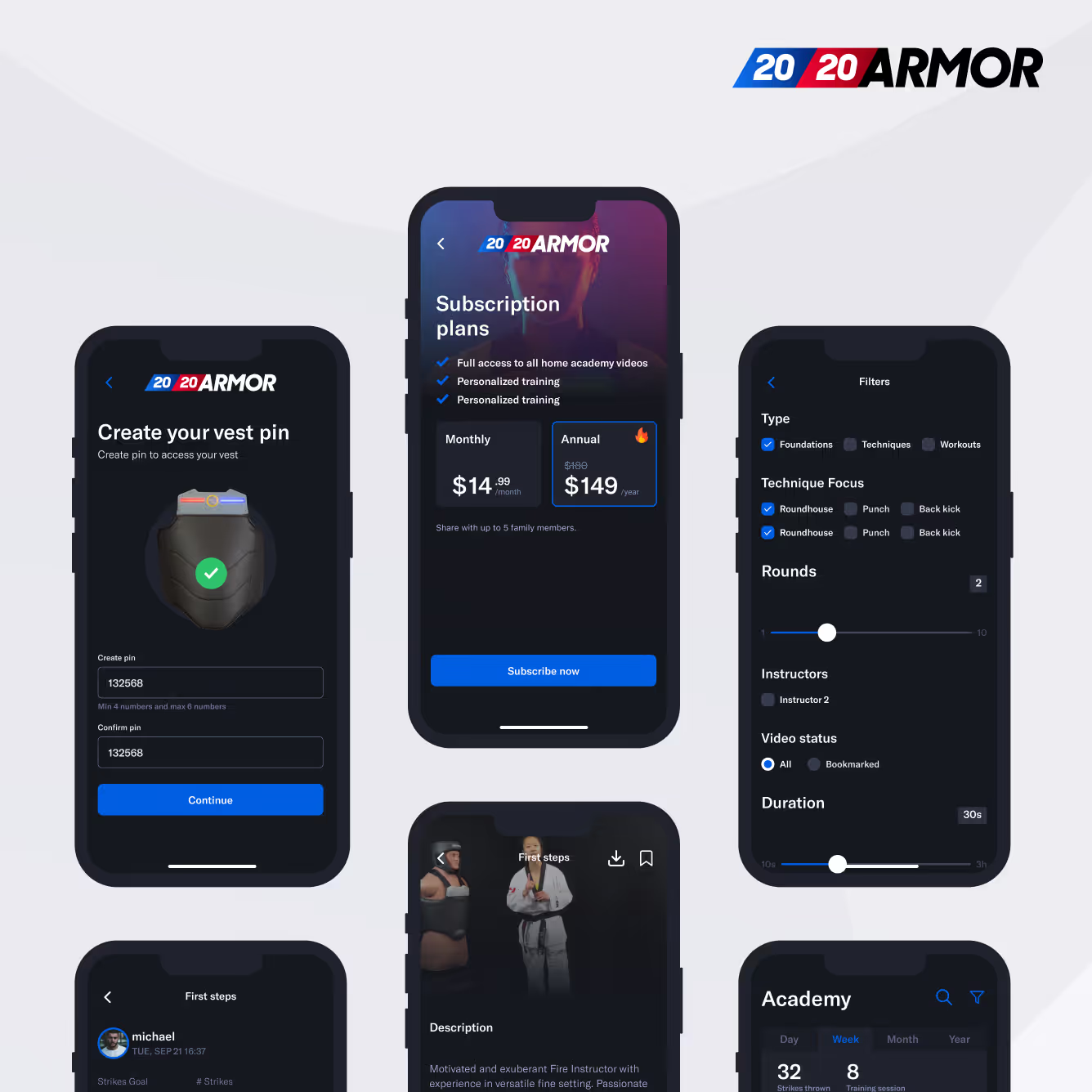





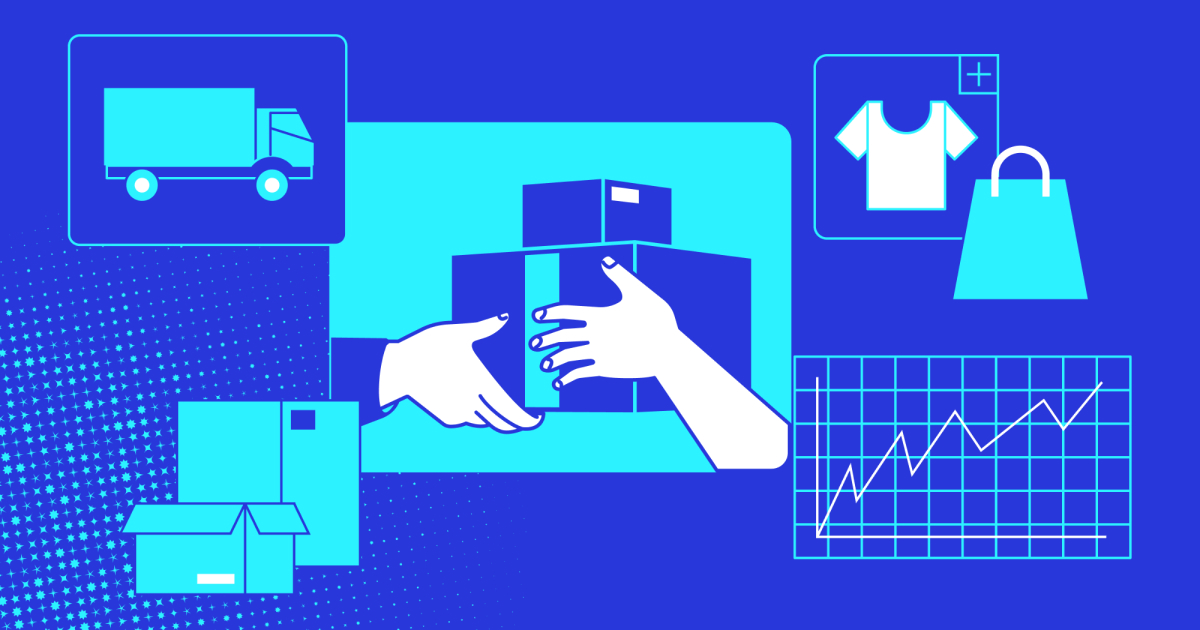
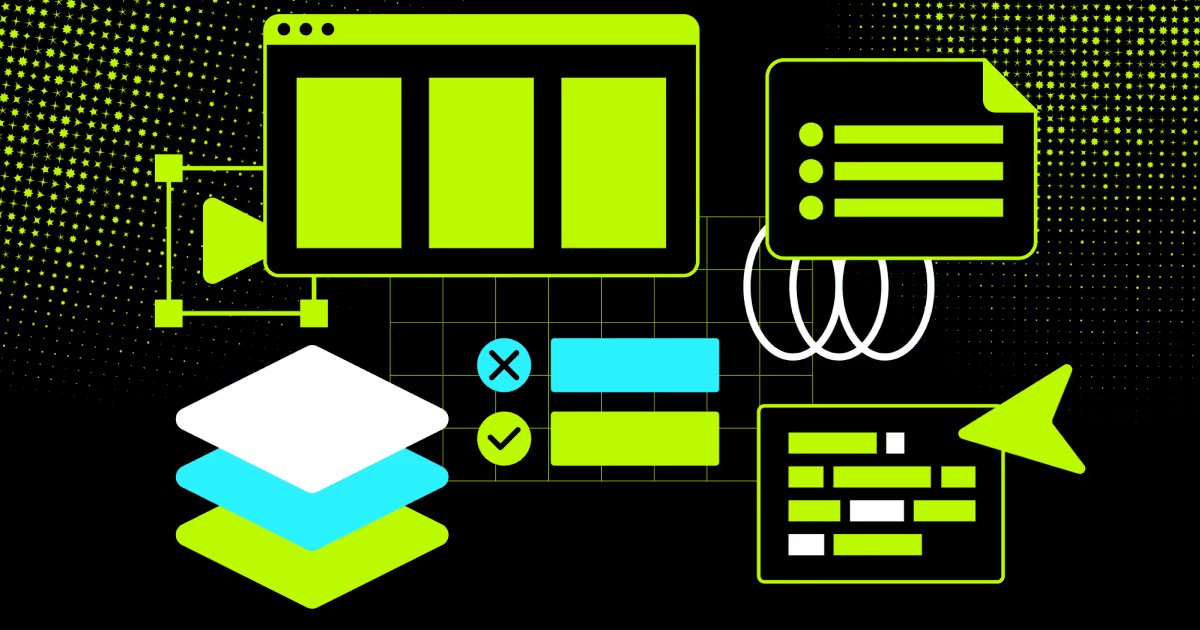
_.avif)


